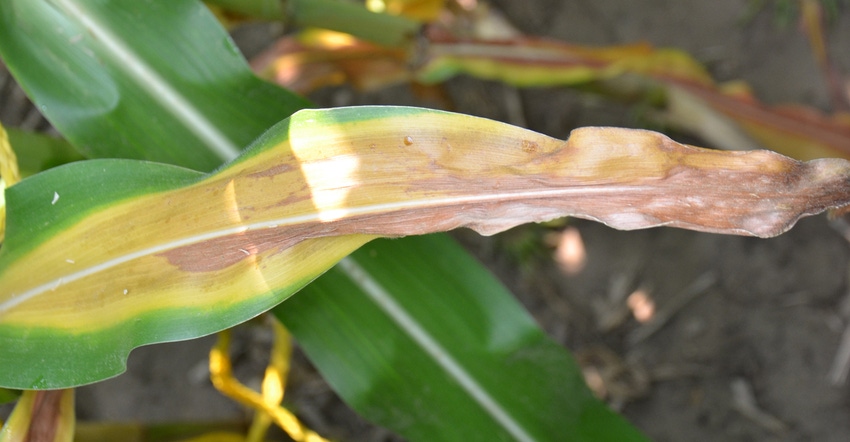September 28, 2021

We still apply some anhydrous in the fall, plus spread some manure now. How can I minimize losses for these applications? Are nitrification inhibitors worth the investment here?
The Indiana certified crop adviser panel answering this question includes Traci Bultemeier, an agronomist with Pioneer near Fort Wayne; Jesse Grogan, a retired agronomist based in Lafayette; and Bryan Overstreet, an Extension ag educator for Purdue University Extension in Jasper County.
Bultemeier: Nitrification inhibitors are worth the investment in this type of potentially high-loss N application. Given the length of time from fall anhydrous application to the time the plant actually needs the nitrate, it needs to be protected. Microbes in the soil along, with the environment — primarily soil temperature and soil moisture — affect how rapidly this change occurs.
Grogan: Nitrogen inhibitors are definitely worth the cost for fall-applied anhydrous ammonia. Fall application saves time for spring operations, but nitrogen losses must be minimized with application timing, field conditions and use of nitrification inhibitors. Fields should not be wet but suitable for application equipment. Soil temperature should be declining to 50 degrees F or less. This usually occurs at least by early November. This applies for both anhydrous and manure applications.
Fall application of anhydrous ammonia is used in silty-clay loam soils of northern and west-central Indiana, but very little, if any, is used in southern Indiana. Anhydrous ammonia treated with nitrification inhibitors is more consistent in adequately drained to poorly drained soils, but not for sands or sandy loams that tend to leach nutrients. Most anhydrous ammonia is applied from the early spring through sidedress timing in Indiana.
Liquid manure should be incorporated or injected into the soil. Manure will lose available nitrogen when exposed on the ground for several days. Consider using a cover crop to capture and conserve nutrients when applying manure in the fall. Cereal rye can still be seeded in November in most years.
Overstreet: The key to keeping nitrogen in place in the fall is waiting until the soil temperature is 50 degrees F or less at 4 inches below the surface before you start application. I always also encourage the use of a nitrogen inhibitor when applying in the fall or early spring. This will help in the spring when we do not know what weather conditions we may have. If you get in too big of a hurry this fall and the soil is still warm, you will be depending on the inhibitor then and not have it available to you in the spring when you need it.
There are also some nitrification inhibitors you can add to manure to help keep the nitrogen in the field. The goal is to have the nitrogen in the field when the corn crop needs it, and not have it in the rivers and streams instead. Waiting until the soils have cooled down and adding an inhibitor can go a long way toward achieving that goal.
You May Also Like




